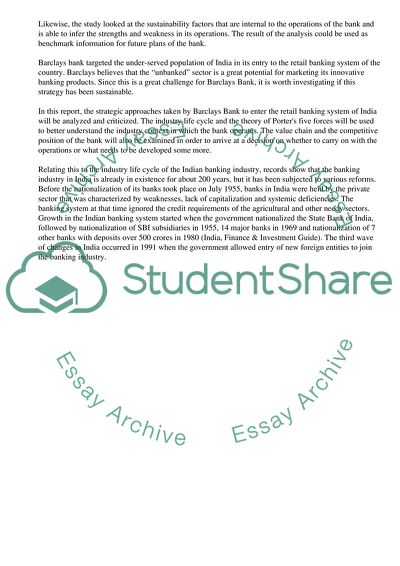Cite this document
(Barclays Bank in India Case Study Example | Topics and Well Written Essays - 2658 words - 1, n.d.)
Barclays Bank in India Case Study Example | Topics and Well Written Essays - 2658 words - 1. Retrieved from https://studentshare.org/business/1750270-business-report-of-barclays-in-india
Barclays Bank in India Case Study Example | Topics and Well Written Essays - 2658 words - 1. Retrieved from https://studentshare.org/business/1750270-business-report-of-barclays-in-india
(Barclays Bank in India Case Study Example | Topics and Well Written Essays - 2658 Words - 1)
Barclays Bank in India Case Study Example | Topics and Well Written Essays - 2658 Words - 1. https://studentshare.org/business/1750270-business-report-of-barclays-in-india.
Barclays Bank in India Case Study Example | Topics and Well Written Essays - 2658 Words - 1. https://studentshare.org/business/1750270-business-report-of-barclays-in-india.
“Barclays Bank in India Case Study Example | Topics and Well Written Essays - 2658 Words - 1”, n.d. https://studentshare.org/business/1750270-business-report-of-barclays-in-india.


